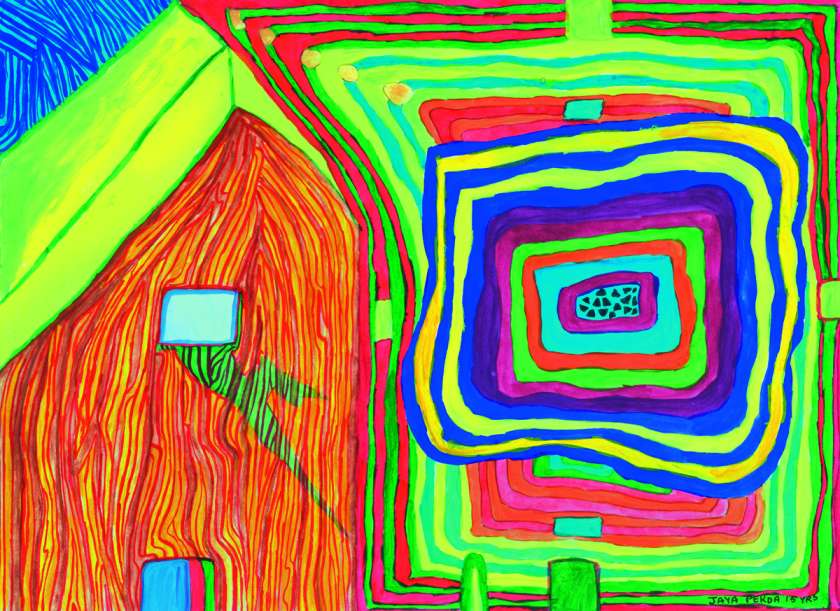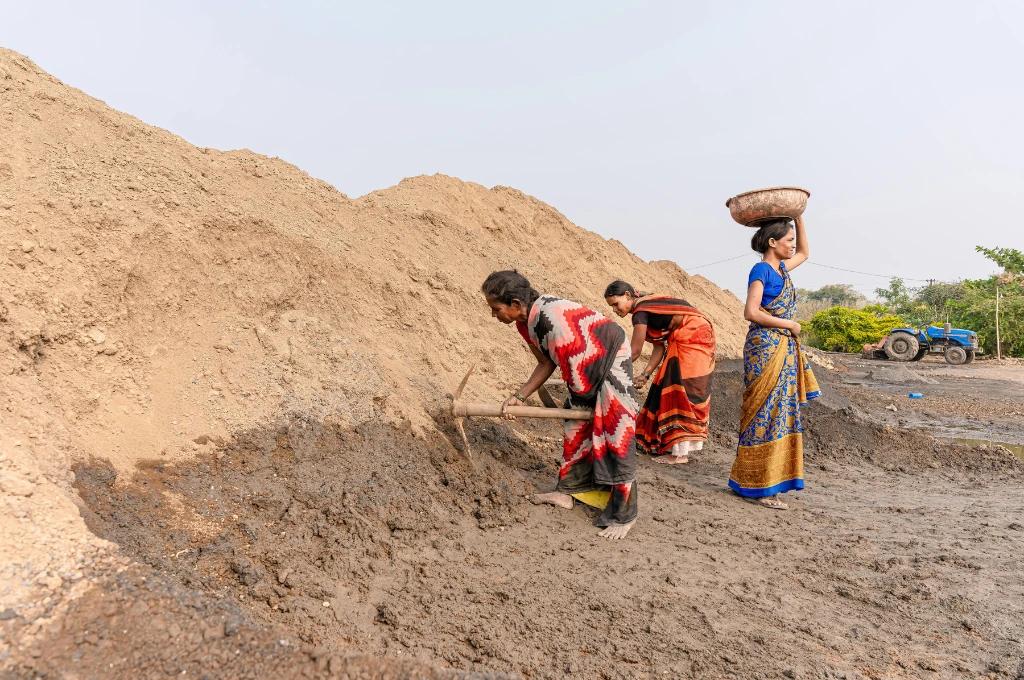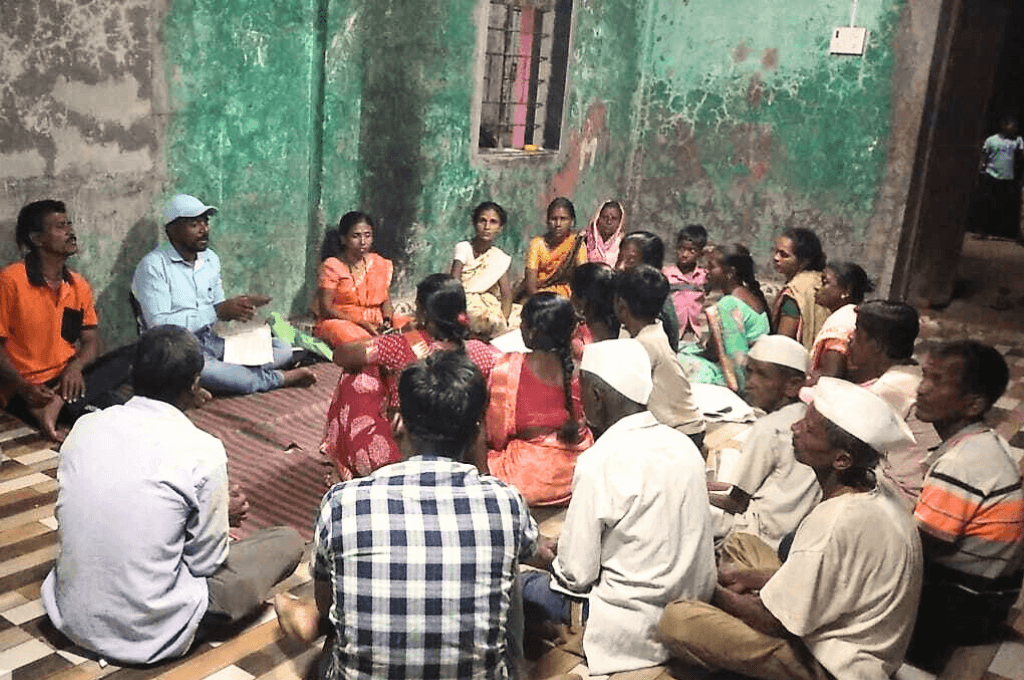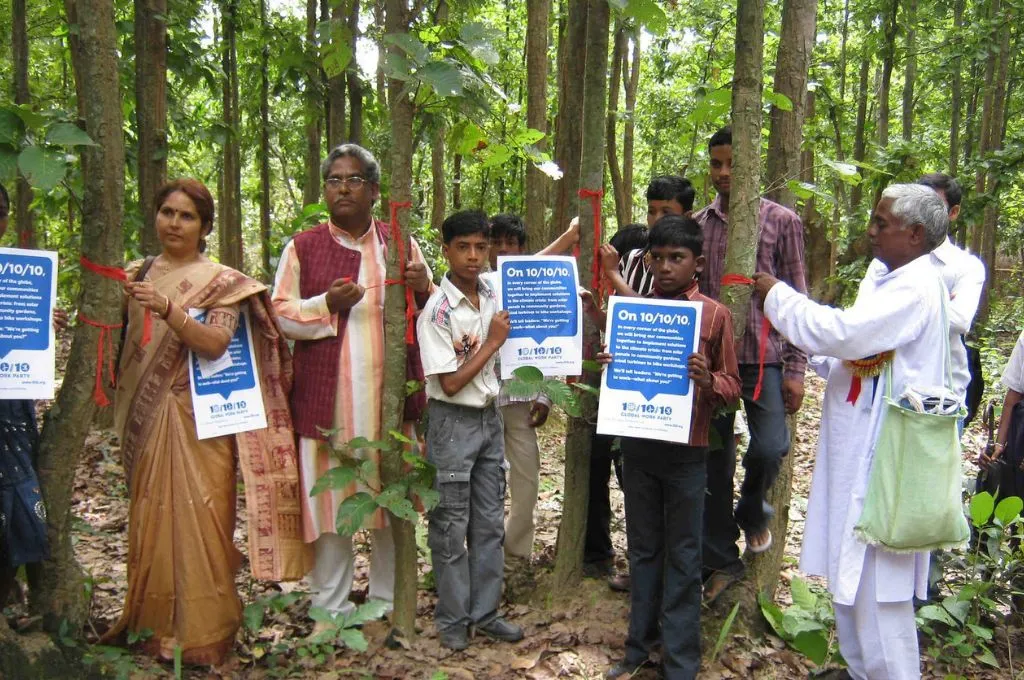The National Commission for Protection of Child Rights (NCPCR) was instituted in 2007 with the objective of ensuring that all children enjoy their rights. It is mandated with monitoring the implementation of all regulations concerning child rights. On September 24, 2020, the commission released a directive aimed at district-level authorities (District Magistrates and Collectors) in eight states—Tamil Nadu, Karnataka, Telangana, Maharashtra, Andhra Pradesh, Kerala, Meghalaya, and Mizoram—where the number of childcare institutions (CCIs) violating the basic tenets of institutional care were found to be in a greater number. As per the directive, children in need of care and protection (CNCP) living in CCIs within their jurisdictions must be restored and repatriated to their families. They were given 30 days to present repatriation and restoration plans for these children.
This directive raises several concerns on the practicality as well as the capacity to create suitable and safe restoration plans for over 1,80,000 CNCP residing in CCIs in these states.
Related article: Childcare institutions: The need for a new approach
Understanding the directive
It is based on a social audit that was conducted nationwide. Primary findings showed that CCIs in these eight states housed children far more than their capacity, posing a huge risk to a child’s rights and protection. The directive said that the children were in ‘pitiable states’ and that such a great number of children being deprived of a life with their families, in their natural environments is a matter of grave concern. The directive underpinned its recommendations on precedents as well as provisions in the Convention on the Rights of the Child (UNCRC), the Constitution of India, and the Juvenile Justice Act (JJ Act), all of which decree the fundamental rights of a child to live in a family and the deinstitutionalisation of children.

The state has to uphold a child’s fundamental right to participate and their right to freedom from exploitation. | Picture courtesy: Aseema Charitable Trust
- All CNCP placed in the CCIs have to be produced before the concerned Child Welfare Committee and restored to their families immediately. Due to the ongoing COVID-19 situation, the production of children can be conducted virtually, wherever it is suitable and needed.
- District Magistrates/Collectors must present to the commission a list of children who could not be restored and repatriated for valid reasons, with an appropriate Individual Care Plan.
- Abject poverty of the family is not reason enough to detain a child in an institution and it is the state’s obligation to link such families to various social welfare schemes introduced by state governments, for the economic betterment of these families.
- In case a child is studying in a school and is in the middle of an academic session, the state is duty bound to ensure the child’s admission in a school in his/her locality.
- In case a child originates from a different district or state from the CCI, the concerned District Magistrate is to be connected to expedite the restoration or repatriation.
- The commission has also mandated strict adherence to guidelines issued by the Ministry of Home Affairs and Ministry of Health and Family Welfare to contain the spread of COVID-19.
When should children be restored to their families?
Principles from the JJ Act say that every child in the juvenile justice system has the fundamental and constitutional right to be re-united with their family at the earliest, so that they are not deprived of their socio-cultural identity, language, and customs. Moreover, Article 9 and other articles of the UNCRC also state that a CNCP should be restored at the earliest, as the family is the foremost protective environment for a child, unless it is not in their best interests.
At Save The Children India (STCI) where we work, we uphold this guidance and unerringly endorse the view that a child should enjoy and partake the benefits of a full family and community life. We do not in any way encourage detaining children in an institution, when other affirming options are available. The concern that arises from the directive is the duration mandated for its implementation, which carries with it inherent risks and a high potential that minors will be restored without adequate due diligence. As a result, they will lose the very benefits that the directive propounds.
Related article: Forgotten Children
Children in institutional care suffer from developmental issues.
The directive also says that institutionalisation should never be the first option and that alternatives such as foster placement, adoption, and sponsorship should be exhausted. However, these options are replete with issues such as lack of funds, unavailability of trained staff to prospect families and assess them, and the large numbers of children in need. Families also often prefer to adopt or foster younger children, leaving very little choice in terms of alternate care for older children. A state-run protective home is typically the first stop for all CNCP and there is enough evidence that children in institutional care suffer from developmental issues as they are deprived of the safe, secure, and stimulating environments of a family and other social connections. Moreover, inadequate staff at CCIs and the lack of a sensitised attitude from care takers can lead to neglect and abuse, or violence that can continue unobserved and unchecked, which has long term effects. Despite this, CCIs are sometimes a safer option for children, when their family situation is deemed unsafe and till suitable alternate care is available.
The state is responsible for upholding child rights
Protecting the rights of CNCP is the primary responsibility of the state and STCI advocates strongly for strengthening these care options by sustained training of caretakers and staff at CCIs so that they can provide a healthy and stimulating environment for children under their care. There are concrete steps that can be taken, such as implementing recommendations from the Guidelines for the Alternative Care of Children.
It is pertinent to listen carefully to a child’s own expression of their needs, views, and experiences before arriving at a placement plan.
Several intersectional effects come to play when restoring minor victims of commercial sexual exploitation. Primarily, restoration may re-endanger the child, who is in an institution precisely because their rights were violated deceptively or wilfully, while they were in the care of their family. This is especially true in the case of trafficked children, where the risk of being re-trafficked is high or where there is imminent danger of retribution from accused traffickers.
At STCI, we have come across minor victims who appear more vulnerable when restored and recommend that the family and home situation is investigated thoroughly with an independent risk assessment. If homes are found risky, the child should not be restored to the family and suitable alternate care placements should be explored. Besides protection, the state has to uphold a child’s fundamental right to participate and their right to freedom from exploitation. This makes it pertinent to listen carefully to a child’s own expression of their needs, views, and experiences before arriving at a placement plan, especially, if suitable care givers are not from the immediate family. It should be obligatory that CNCP are made aware of their rights and are encouraged and empowered to participate in demanding their rights as well as in creating reintegration and rehabilitation plans.
To aid children’s safe reintegration, the commission further directs that the state fulfils its obligation to link families’ to entitlements as abject poverty cannot be the reason why CNCP continue to stay in CCIs. While this mandate is relevant, it is simplistic and does not consider the challenges that those who are marginalised face in accessing entitlements even in normal conditions due to issues such as the lack of identity documents and address proof. It is then valid to ask if families can attain financial stability within the stipulated period? The directive also presumes that entitlements received will be applied towards the well-being and security of the child’s family environment, which does not reflect the fungibility of cash transfers.
The restoration of a child to his or her natural environment, is beneficial only when the child’s wellbeing is not endangered and their rights are upheld.
Despite the negative effects of institutionalisation, more investments are made for institutional care than on the livelihood support of families. We believe that for a child to be safe in the very conditions that were exploitative, the entire family should be rehabilitated and assisted, which will potentially ensure sustained benefits for the child. It is worthwhile to consider the Protective Factors Approach that is underpinned on building in protective factors that may reduce the potential risks of abuse for children. In other words, minimise factors such as stressful events that may lead to poor outcomes for the child and support families at risk with individual and household level attributes to mitigate these outcomes, resulting in a stable environment for the growth and development of the child.
While the rights of the child to a family is the primary objective of this directive, concerns arise out of the oversimplification of a complex process, at the heart of which lie the protection and rights of CNCP. In our experience, the restoration of a child to his or her natural environment, is beneficial only when the child’s wellbeing is not endangered and their rights are upheld. This can only happen when thorough due diligence is conducted that considers all the risks that arise from the intersectionality of socio-economic factors, cultural, and traditional norms.
—
Know more
- Dip into this collection of resources on the conventions, policies, and laws that regulate child rights.
- Learn about what you can do to protect children from sexual offences.






